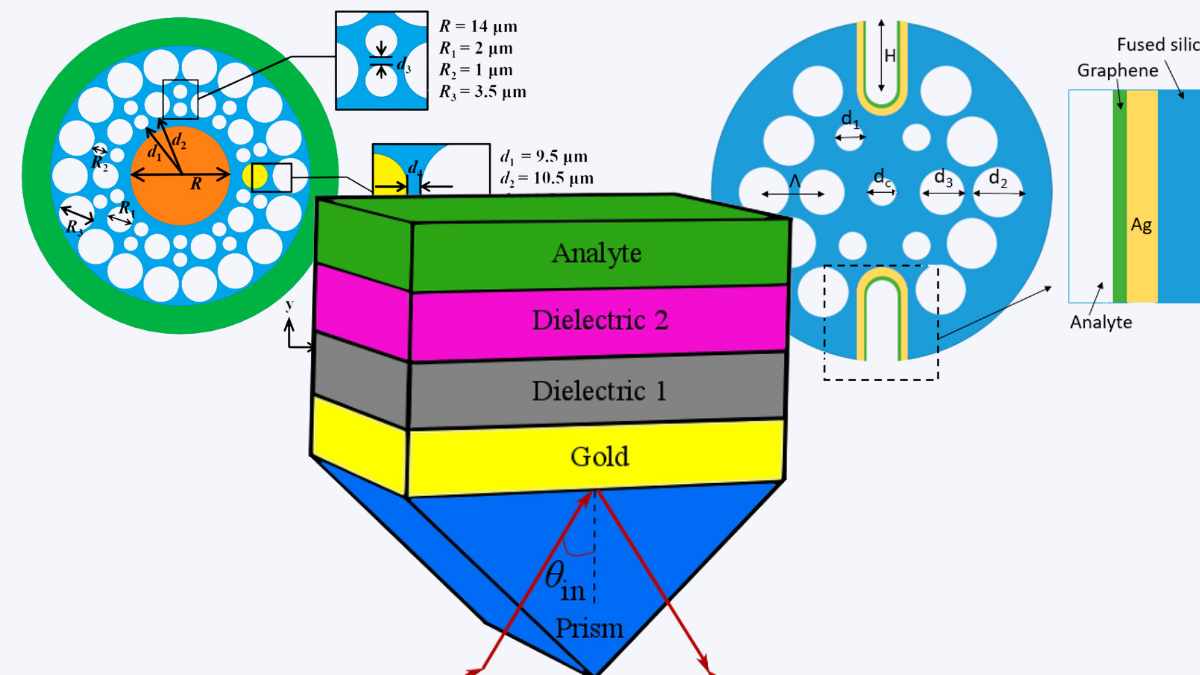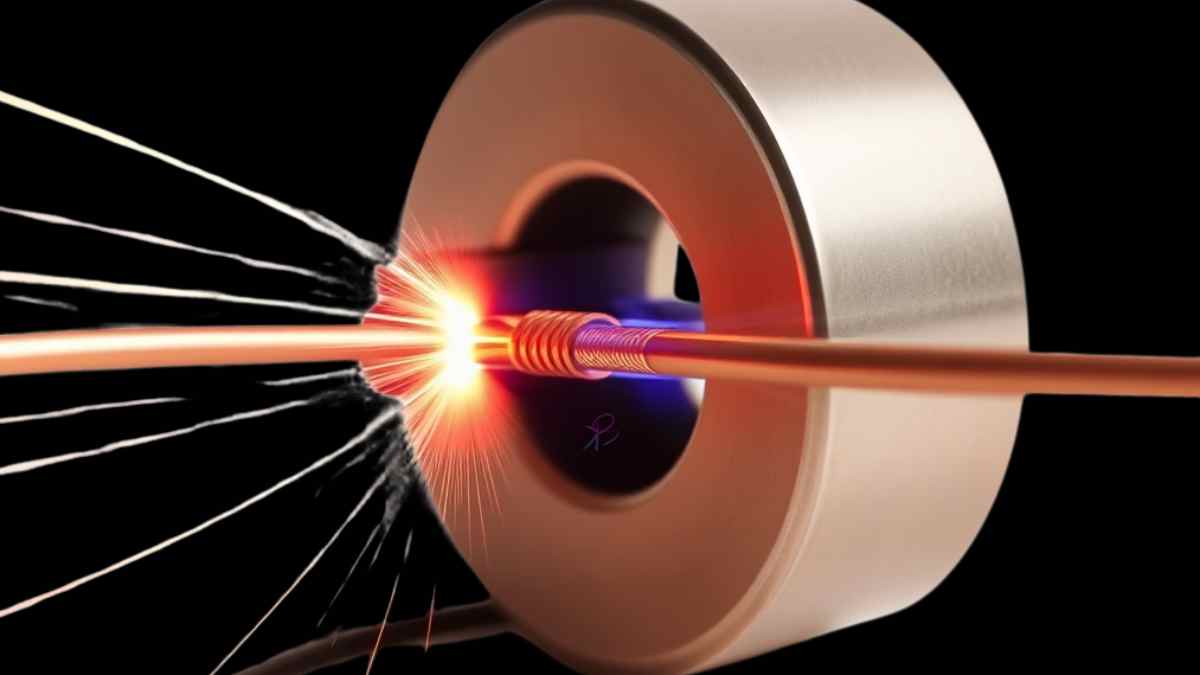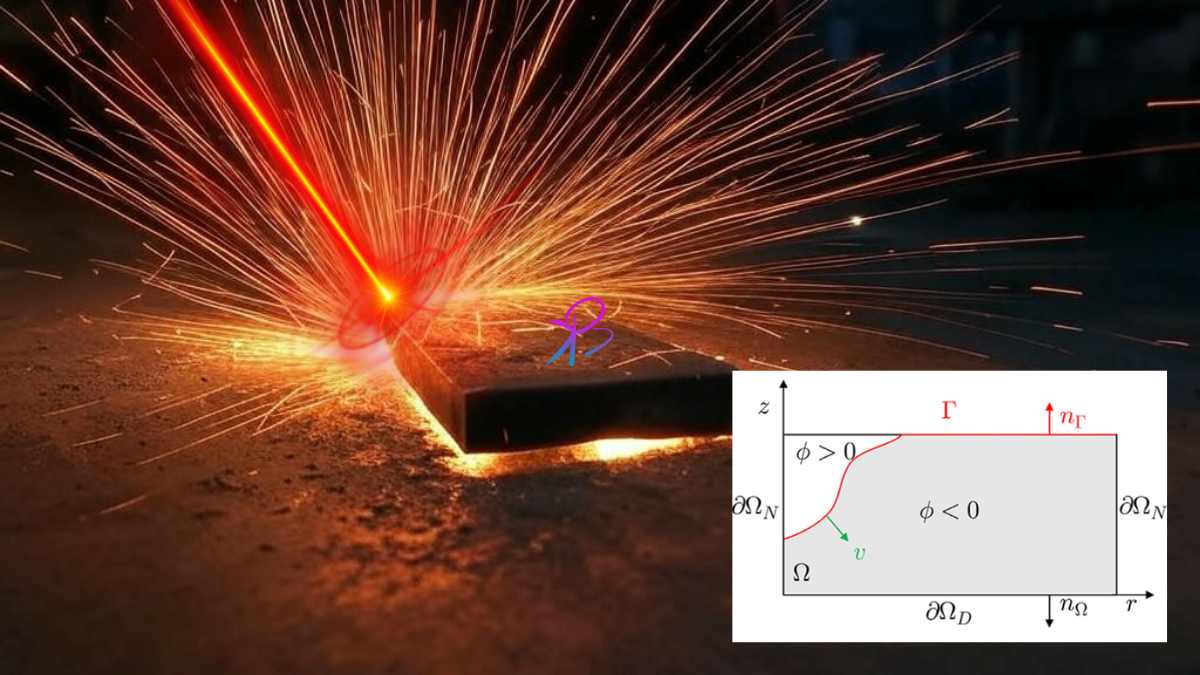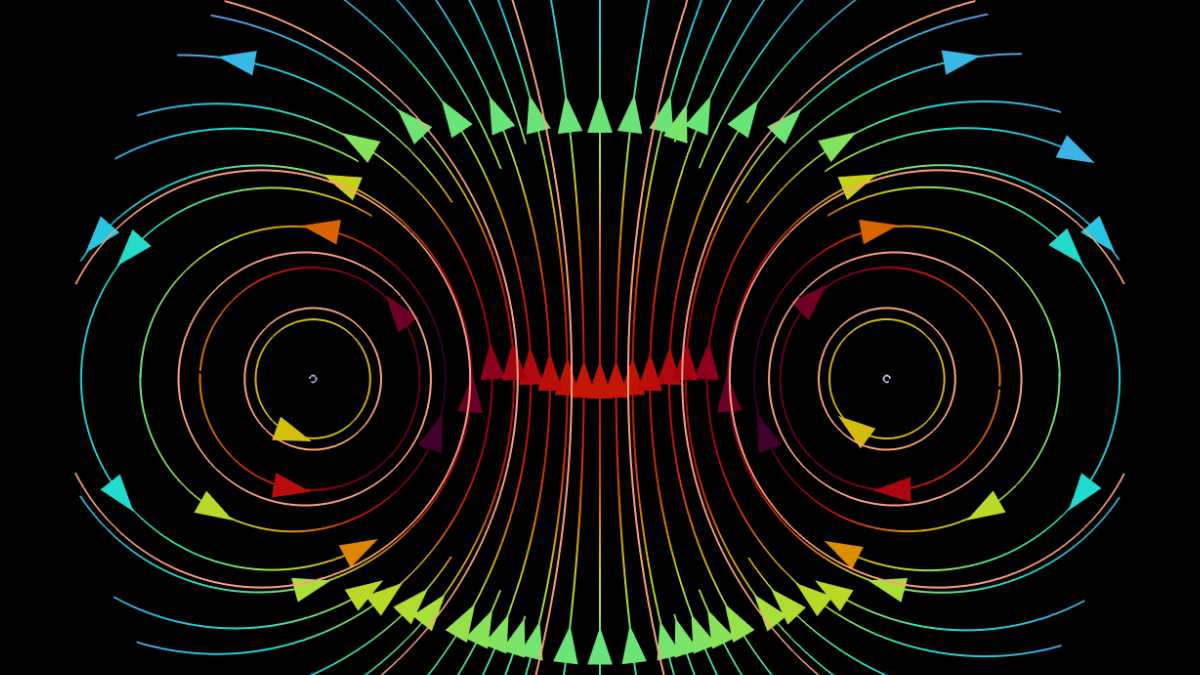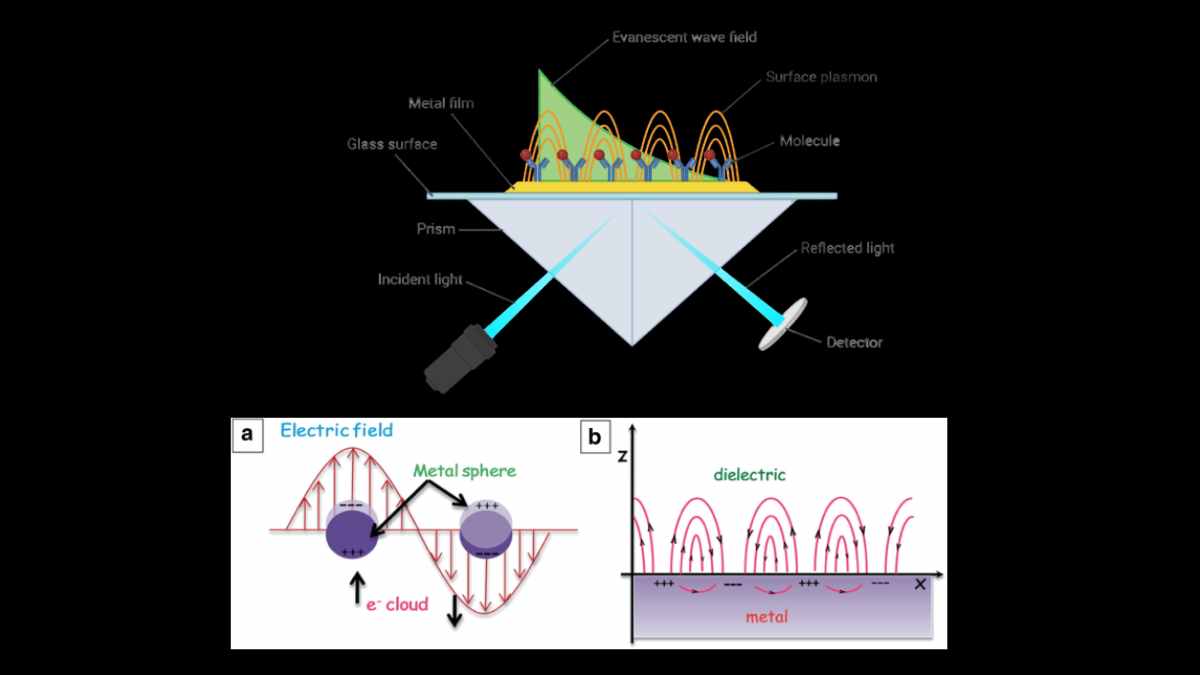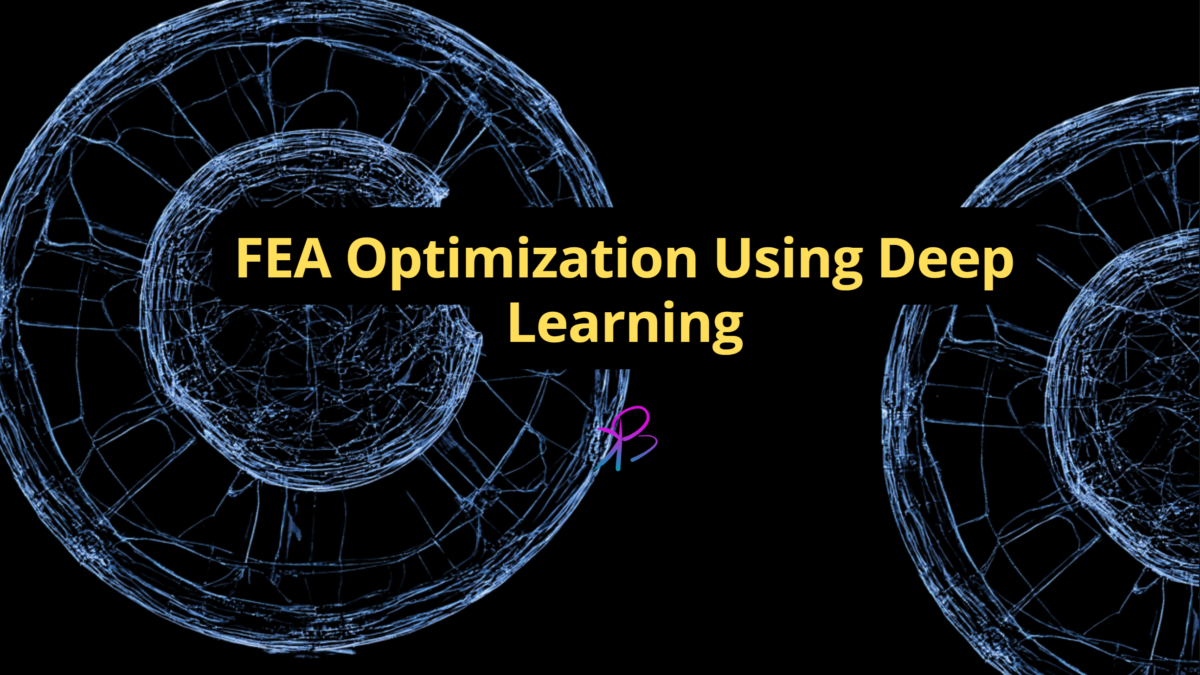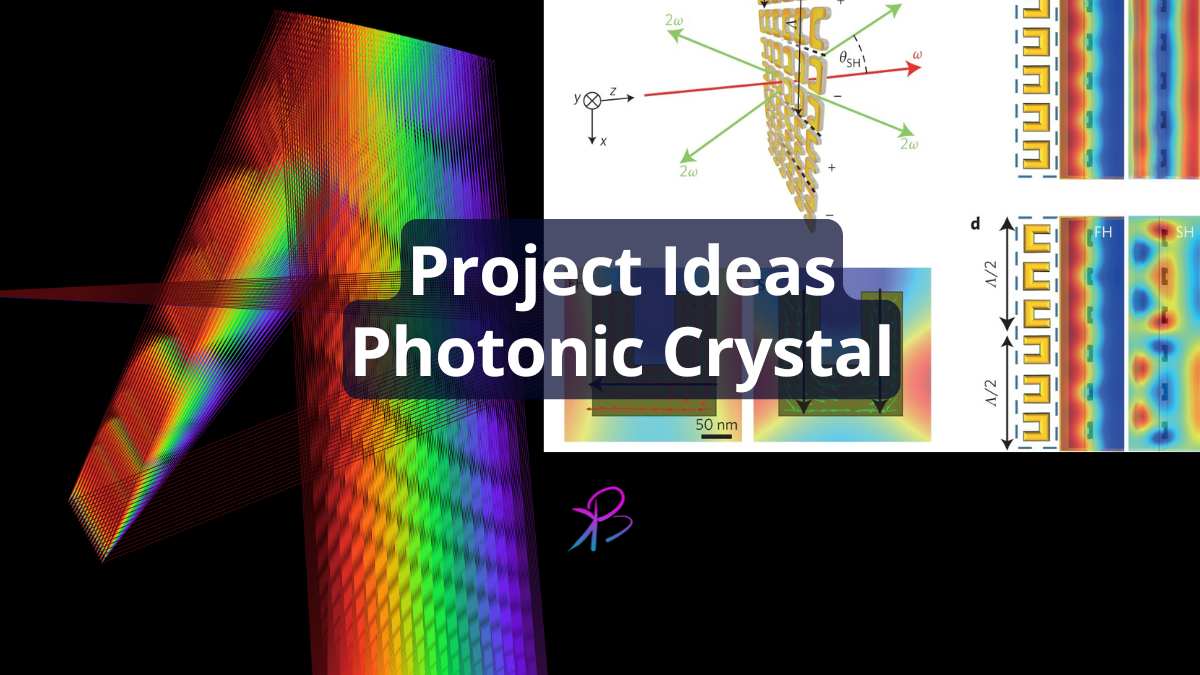Top Applications of Surface Plasmon Resonance Sensors (SPR Sensors): SPR sensors have revolutionized the field of chemical and biological sensing by providing real-time, label-free detection of molecular interactions with exceptional sensitivity. The working principle of an SPR sensor relies on the excitation of surface plasmons—coherent oscillations of free electrons—at the interface between a metal (typically […]
